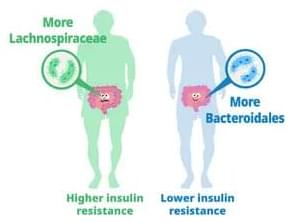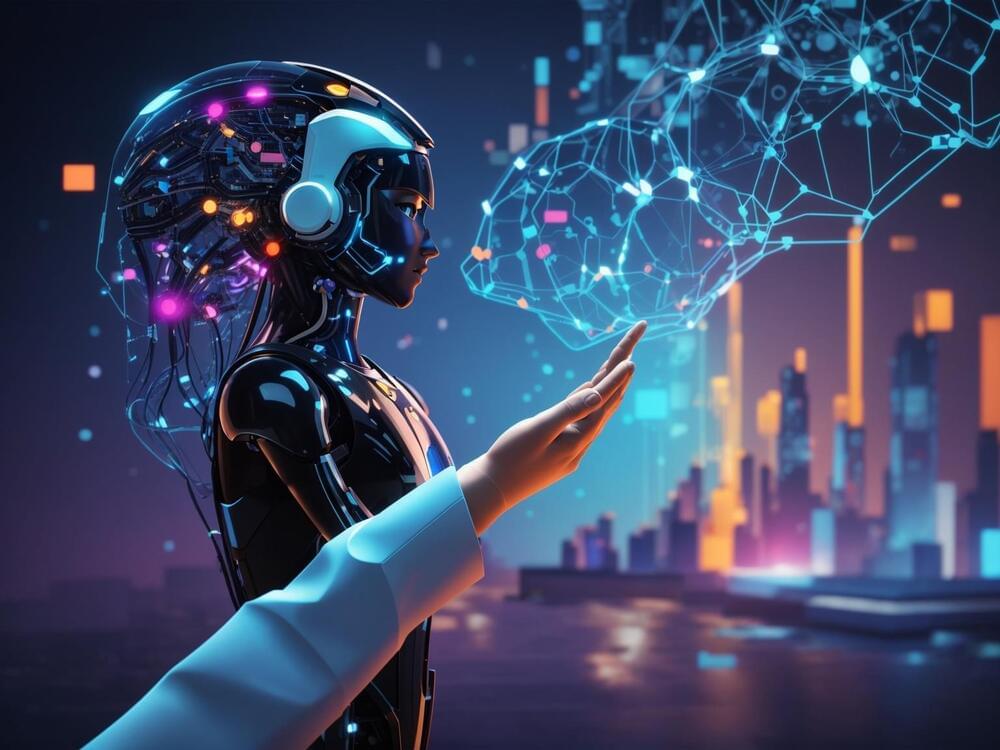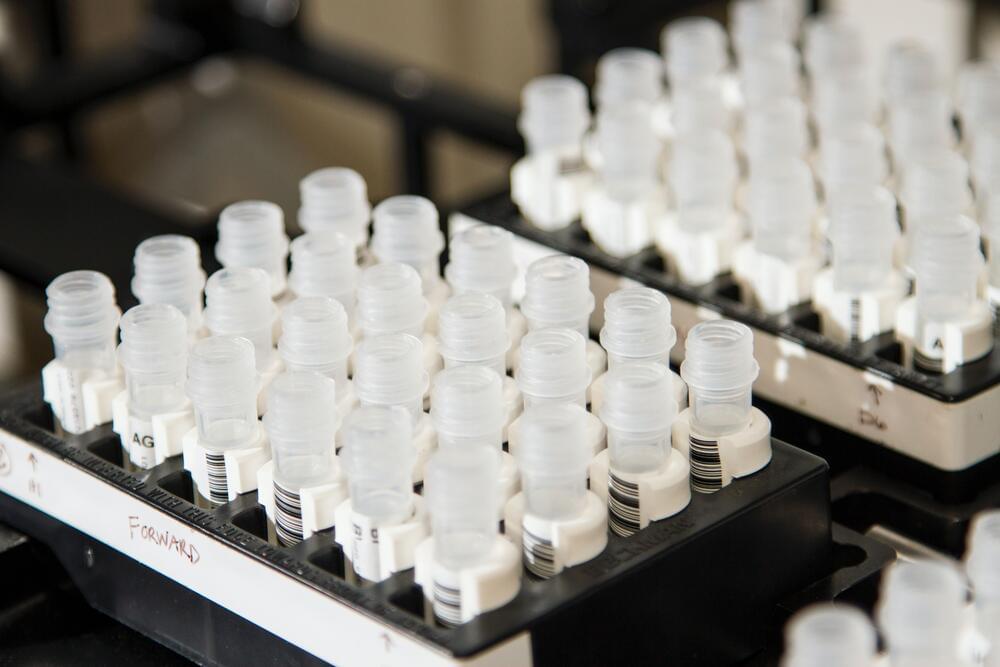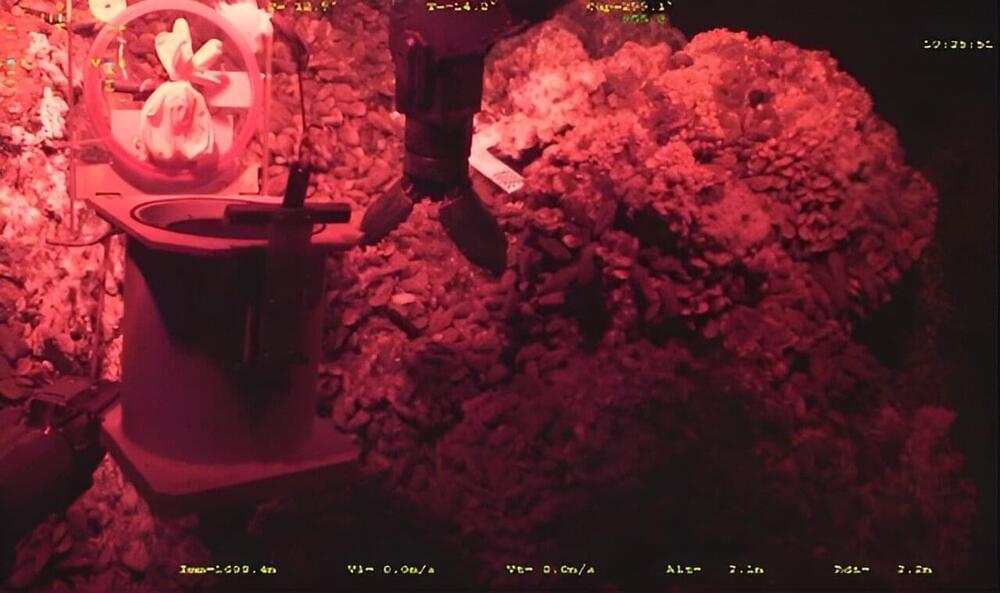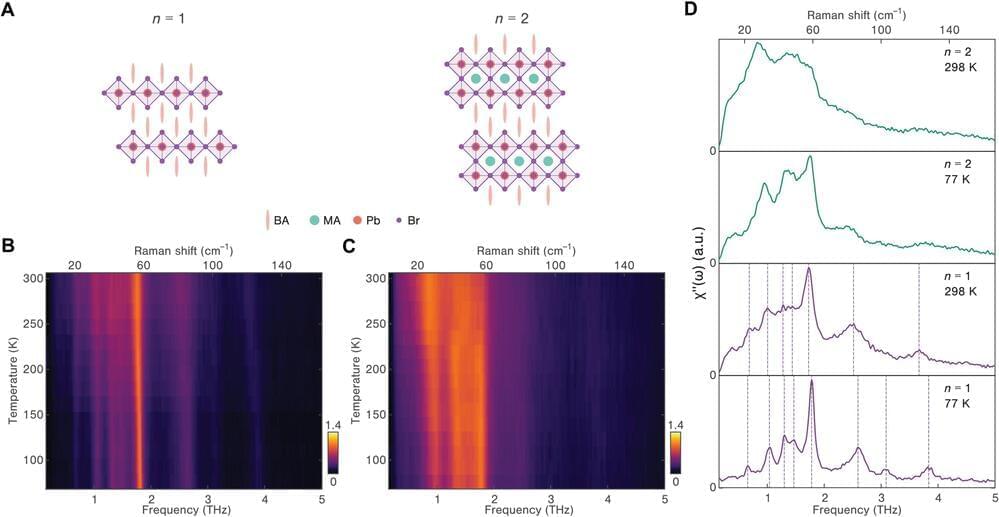I’ve compiled this list to agglomerate just a few of the resources that I find useful for learning about how the world works, developing new skills, expanding my repertoire of ways of looking at global challenges, and planning how to contribute towards creating the future. Feel free to let me know if you know of good resources not listed here! I’m always excited to expand my learning. #futurism
I’m compiling this list to agglomerate just a few of the resources that I find useful for learning about how the world works, developing new skills, expanding my repertoire of ways of looking at global challenges, and planning how to contribute towards creating the future. Since many of the links here might change over time, please comment if you find any that do not work so that I can look for suitable replacement links. Also, feel free to let me know if you know of good resources not listed here! I’m always excited to expand my learning.
Scientific Funding
